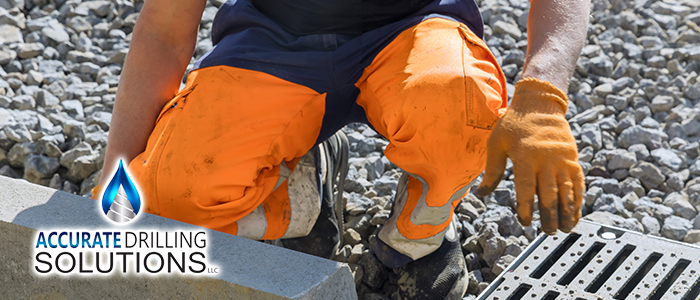
Well Storage Tank
If you can answer “yes” to any of these questions, we recommend that you get yourself a storage tank system instead of the conventional system:
- Does your well have problems with sulfur gas?
- Does it have low pressure during droughts or periods of high water demand?
- Does your well have issues with sediment?
- Does your well supply water to your home or business?
Conventional water systems use submersible pumps down inside the well that push water up to a pressure tank on the surface, and then on as per your demand. These types of systems are standard, but also limit you to the capabilities of the pump, casing, controls, and production zone. If you have a weak well and/or a weak pump, then you get low pressure, and during droughts, have nothing to provide your system with extra flow.
Storage Tank Systems
Systems that have storage tanks add holding tanks between the pressure tank and the well head. The well pump turns are controlled by a float switch in the top of the storage tank, which makes filling the tank automatic. Then, a booster pump will pull water from the base of your tank and send it to the pressure tank and right out to your irrigation system or your home.
But why should you consider a storage-based system instead of a conventional one? Well, take a look at just some of the benefits:
- Sulfur gas escapes from the water while it’s in the storage tank, getting rid of that rotten eggs smell that it may have.
- The well pump lasts two to three times longer because it won’t have as many starts, averaging only once a day.
- Sediment like sand will fall to the bottom of the tank and increase the life of your sediment filters.Standard storage tanks can hold up to 200 gallons of sediment before they need to be cleaned out.
- Water that has iron in it will stain in the tank rather than on your buildings and fixtures.
- You will be able to have more water readily available to you.
- Your water pressure will be better thanks to the booster pump, which is available in several different types for your desired flow and pressure.
- A more dependable water system overall, as even if you have trouble with your well or it shuts off, you can use the water in reserve in the storage tank while it’s being fixed.
Think Before You Drill
When you’re having an issue with your well water being low, you may have considered talking to professionals in well water and well drilling, who may tell you that the solution is to drill a new well in order to get the water you’re looking for. While you may be able to get that water by drilling a new well, there are countless tales of customers who have had to drill several wells on their property, or drill particularly deep to get that water.
But with a storage tank, you aren’t gambling on that outcome–you already know the output of your current well, and can calculate accordingly how much water you can have stored per day for all of your daily uses.
So if you’re looking for a solution to your well water problems, consider getting your system a storage tank; it’s likely to save you a lot of money when compared to other less reliable solutions, too!
continue reading
Related Posts
Water Wells: The Hidden Gem for Fire Protection Do you
Drilling Down on Well Drilling: FAQs and Answers Are you
The Role of Water Wells in Sustainable Living Sustainable living






